State of the Arts: A Break With Painting Tradition With Zhao Wenliang and Yang Yushu's 'Crescent Retrospective'
State of the Arts is our regular arts column whereby we take a look at the newest moves in Beijing's creative scene and highlight art news as well as exhibitions, artists, and openings that you should seek out.
This week's State of the Arts takes aim at a new show that oozes with research rigor: Crescent: Retrospectives of Zhao Wenliang and Yang Yushu at the Inside-Out Museum. The show is, in short, an interpretative study of both artists' works, as well as an analysis of the artistic and socio-historical context that they have encountered throughout their lives and a dialogue with those factors that they have – consciously or not – challenged, resisted, or sustained.
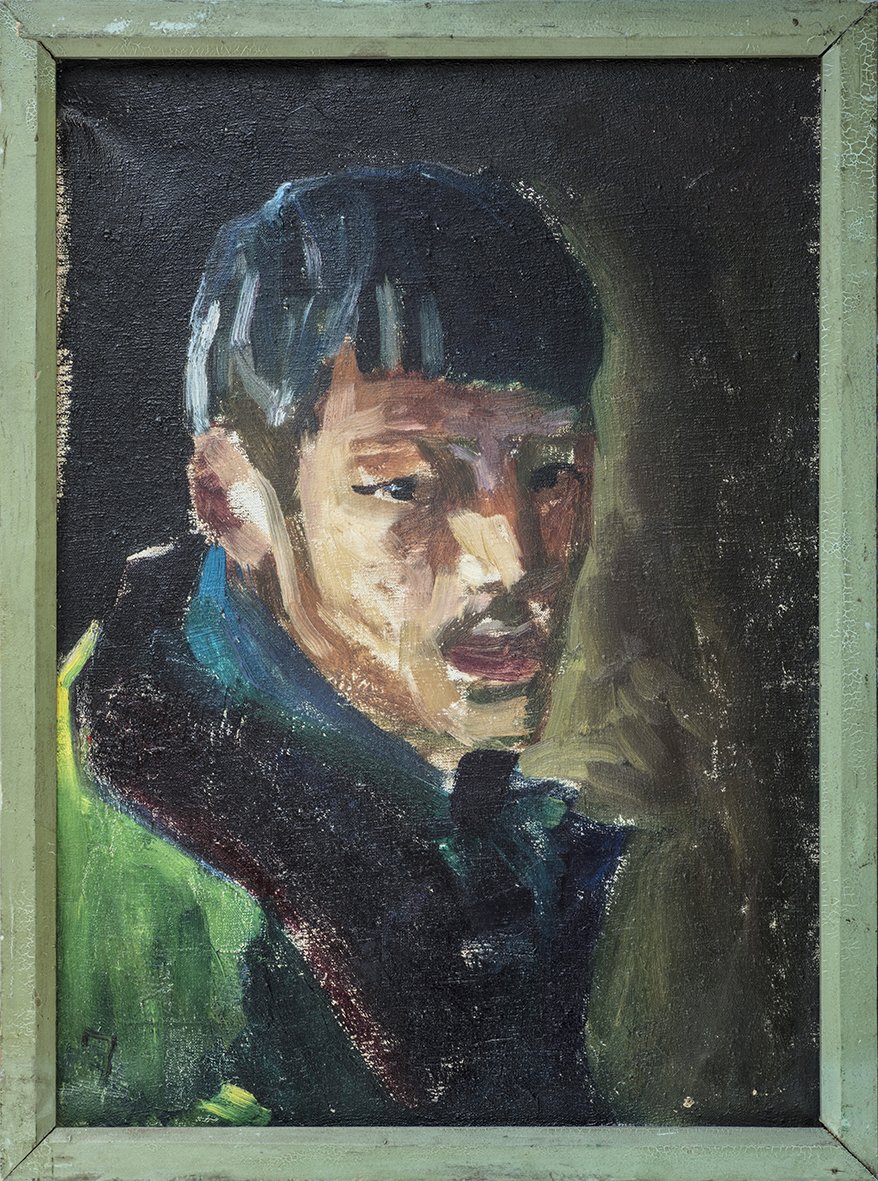
The title, crescent, refers to the Crescent Moon Society, a literary branch of the wider New Culture Movement in China that arose in the mid-1910s as a response to the fall of the Qing dynasty and the conscious attempt to re-align the country within the greater context of the outside world. Among a number of reinvigorated, arguably Western-oriented, values (individual freedom, China as a nation state, practice of democracy, and focus on the future rather than reliance on the past) within the arts community, there was an avowed motivation to create what could be seen as 'art for art's sake.' The remnants of the Crescent Moon Society are also at the center of, according to the curatorial team, the works by Zhao Wenliang and Yang Yushu. Tangible proof of the artists' staunch ideals is the fact that both have refused – to this day – to sell their works, a statement against the art market that has taken hold of the Chinese art ethos since the late '80s. As a result, the retrospective is mainly possible thanks to access to artists’ personal collections.
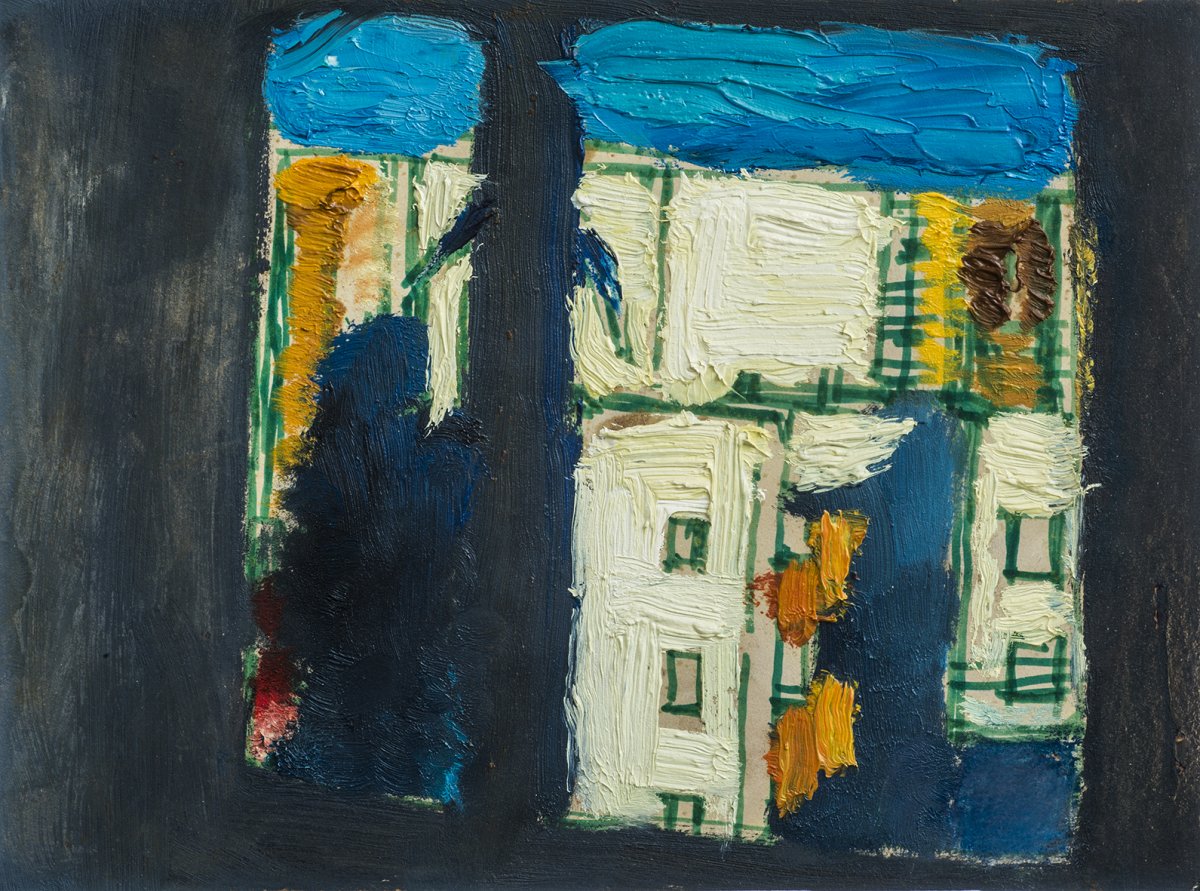
The exhibition itself goes to great lengths to provide details about the greater context that gave rise to the artists’ works and the aims and ideals pursued by them. The paintings are also spread throughout the museum in a way that divides them into larger themes that inform the audience about how the artists’ body of works resist, respond, challenge, or come to peace with personal, social, or particular historical circumstances that were taking place when the artworks were created.
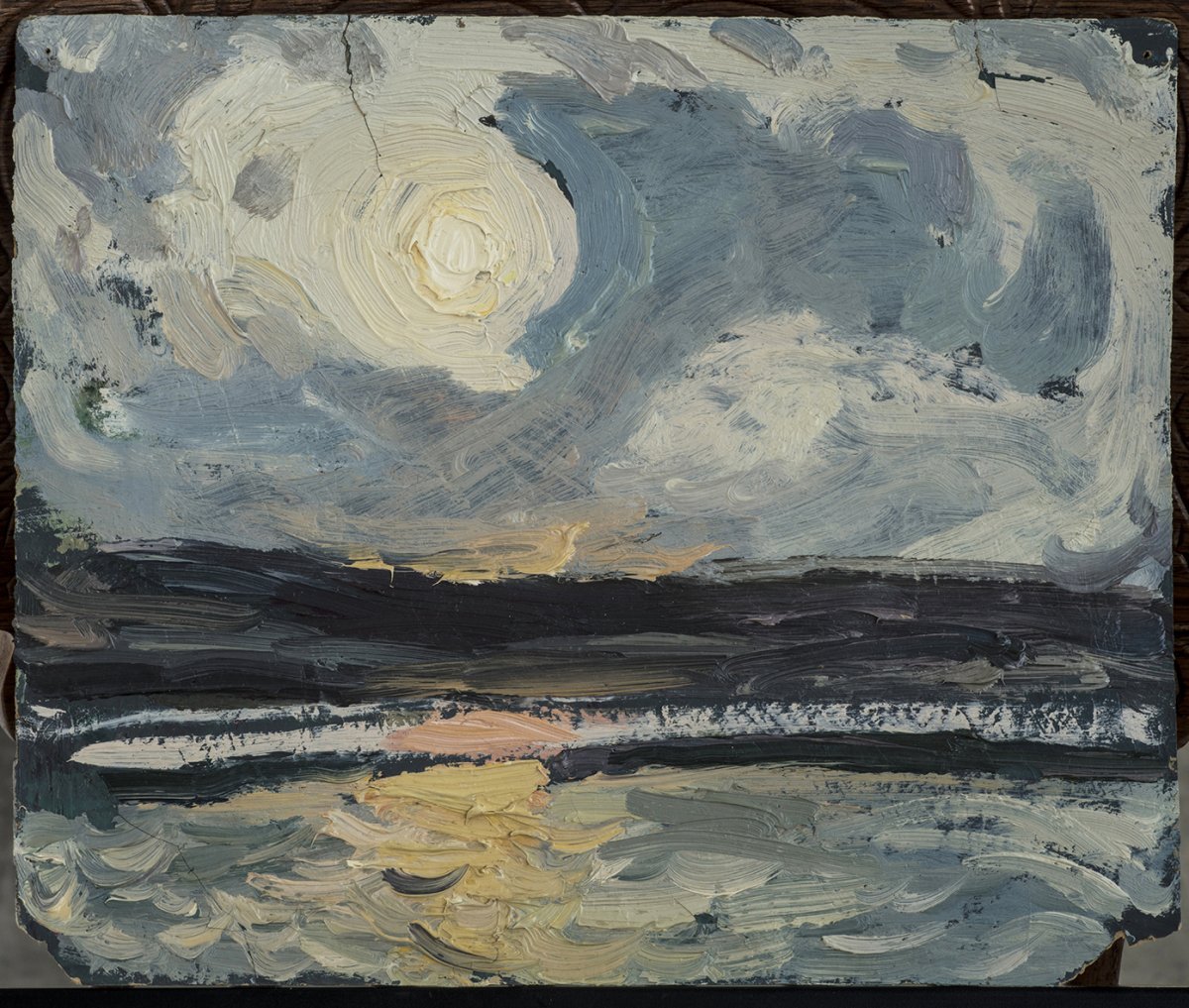
Evidence of how political context has informed Yang and Zhao's work can be found in their take on socialist realism, a style that had previously been used to represent a glorified depiction of communist values and that began in the Soviet Union before seeping into the imagery used here after the Chinese Communist Party came to power. Although the artists originally found inspiration in this preliminary aesthetic form, later on, they drew from more universal means to better represent or more faithfully convey their commitment to aesthetics beyond an imposed political agenda. Other themes elaborate on the learning institutional landscape that defined the artists’ work production. They also skirt the political and aesthetic contexts of the '60s and '70s and the artists, and lastly, respond to the ever-growing awe towards to the Western conceptual hype that shaped the societal landscape in the late '80s.
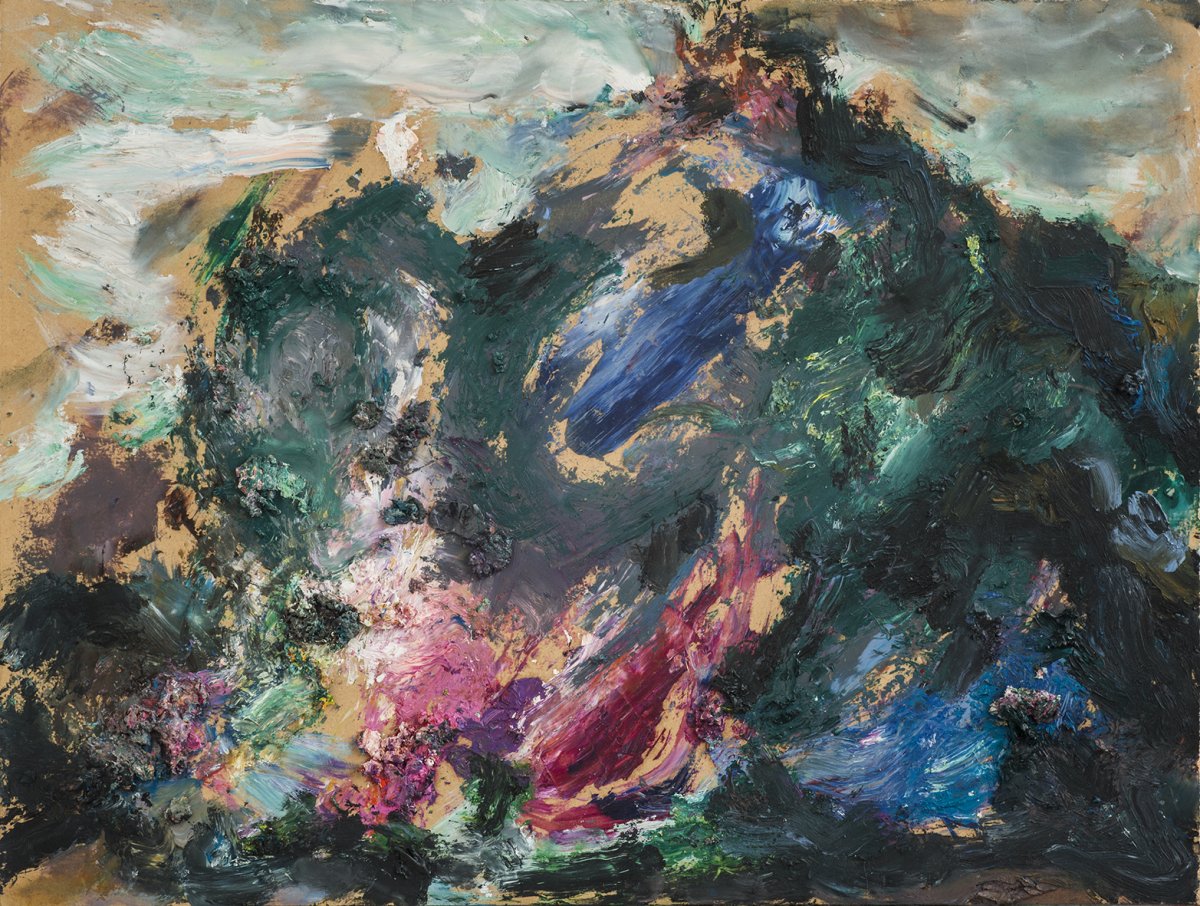
An acute understanding by the curators as well as a clever mapping of the space and solid contextual analysis of the artists’ trajectory and their personal challenges and ideals means that the show attains a particularly powerful, emotional interpretative element that works around the facts and experiences that have shaped or shaken the lives of the artists. Sometimes such facts are easily apparent whereas in others they're buried in the subtext, which makes the investigative labor behind each so enriching. Finally, the way the works are arranged fills the rooms with a cozy sensibility, similar to how you’d expect the works to be exhibited in the collector’s own display, or perhaps in the artists’ houses themselves.
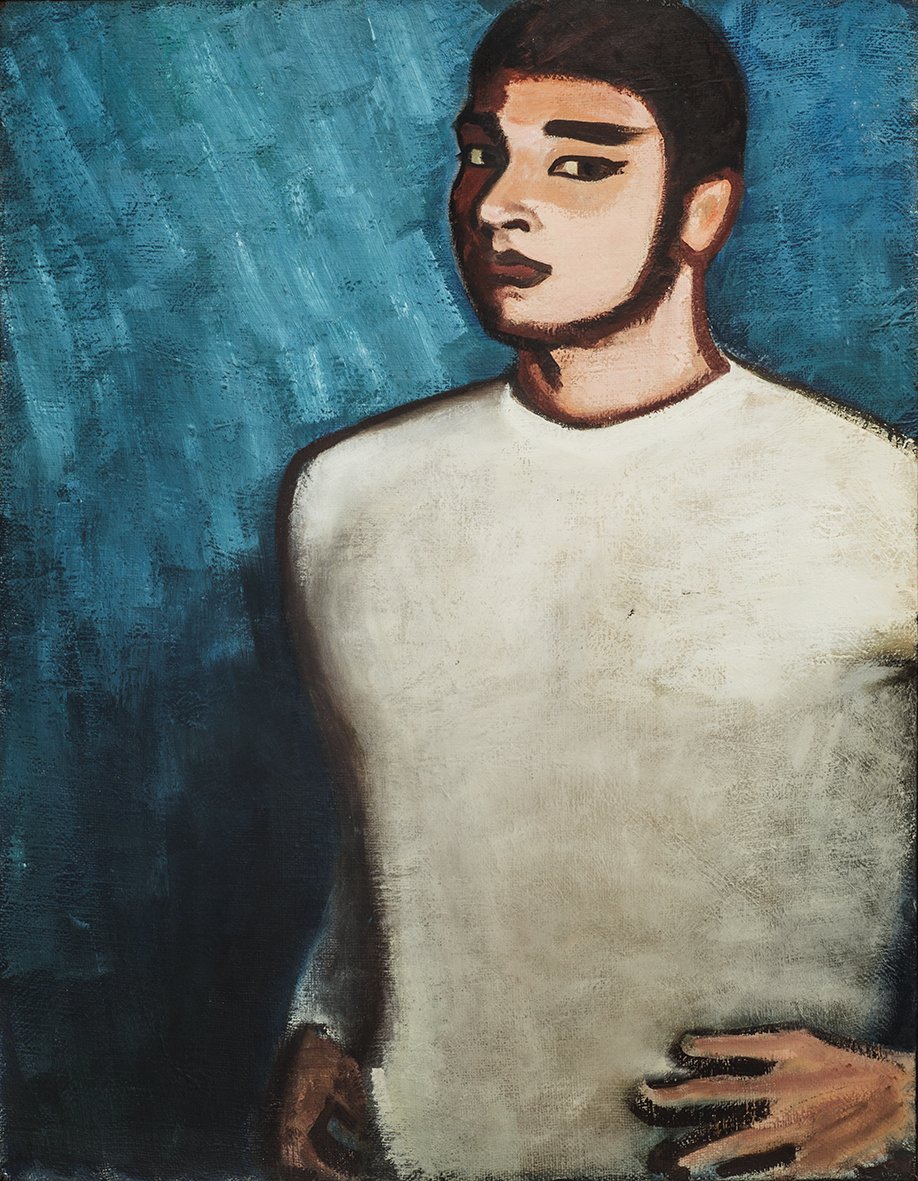
Overall, the show will not disappoint those who enjoy exploring the creative process of artists. The in-depth exploration of Zhao Wenliang and Yang Yushu's work proves uplifting and rewarding and their stories speak out about the importance of resilience and self-determination, particularly in times of adversity.

Crescent: Retrospectives of Zhao Wenliang and Yang Yushu will be on view until Jul 1, 2018, and is the center of a series of talks and other activities. Add Inside-Out's official account, zhongjianmeishuguan, to browse specific dates and details.
Images courtesy of Inside-Out Museum







